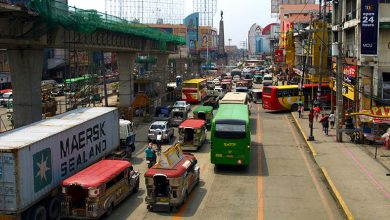The Missions
Almost all the Spanish expeditions to the Philippines included monks or friars. The archbishopric of Manila was established in 1578, and the Philippines were divided up between various religious orders. The first arrivals, who were Augustinian canons, took the most populous areas Bulacan, Pampanga, Batangas, Panay, Cebu and Ilocos. Later Franciscans settled in southern Luzon, Jesuits mainly in the Visayas and on Mindanao, Dominicans in central Luzon and Recollects in the north. These orders, like the Episcopal dioceses, were granted encomiendas, the profits from which went towards their maintenance, the building of churches and convents, education, etc. In theory these encomiendas like those granted by way of reward to civilians and soldiers were intended to last for only two generations. Each missionary received in addition from the government 100 bushels of rice and 100 pesos annually in recognition of their contribution to the task of colonisation. The religious functions of the missionaries thus, gradually developed into a powerful temporal authority. The courage of the first missionaries in venturing into remote parts of the country often gave them a more influential position than the civil authorities; sometimes, indeed, they were the only representatives of Spanish authority. The work of conversion frequently went in parallel with the education of the people and the introduction of the Spanish language. The religious orders founded not only schools but universities; and the University of Santo Tomas (1611) was the first to be established in Asia. Thus, in the course of centuries the orders acquired vast possessions and became powerful landowners, masters of the land and the people within their territories.



